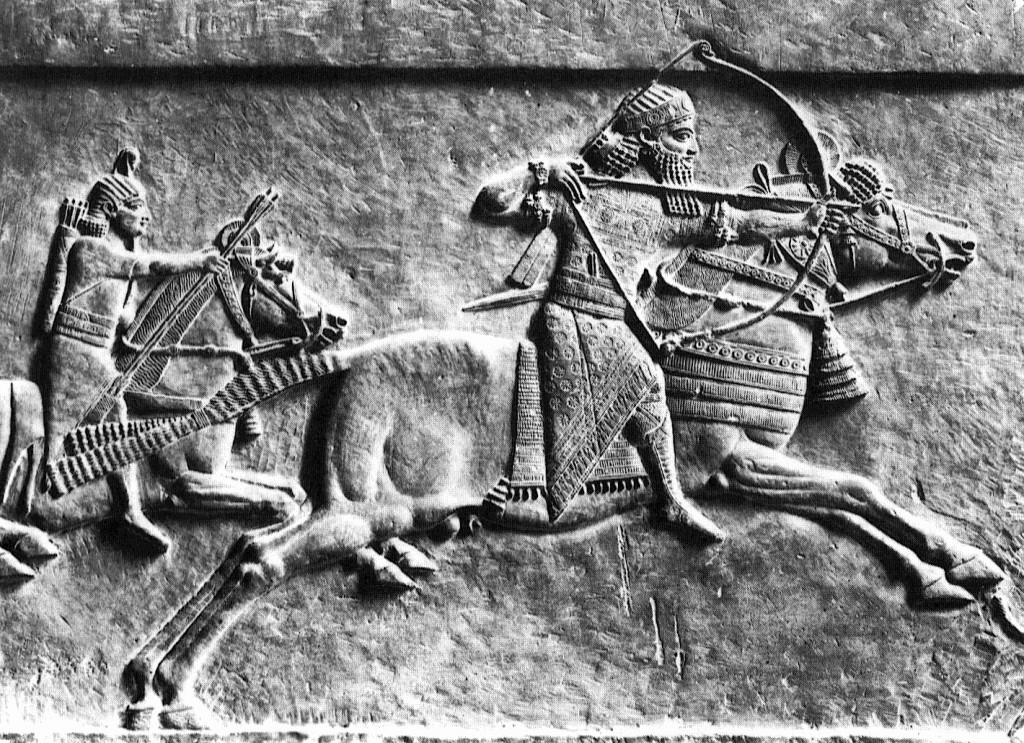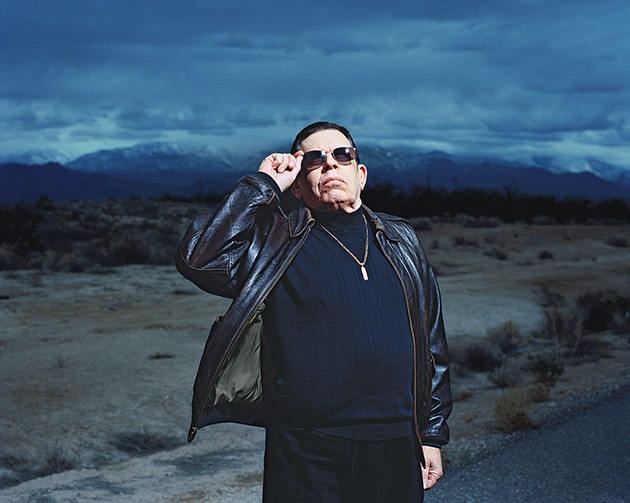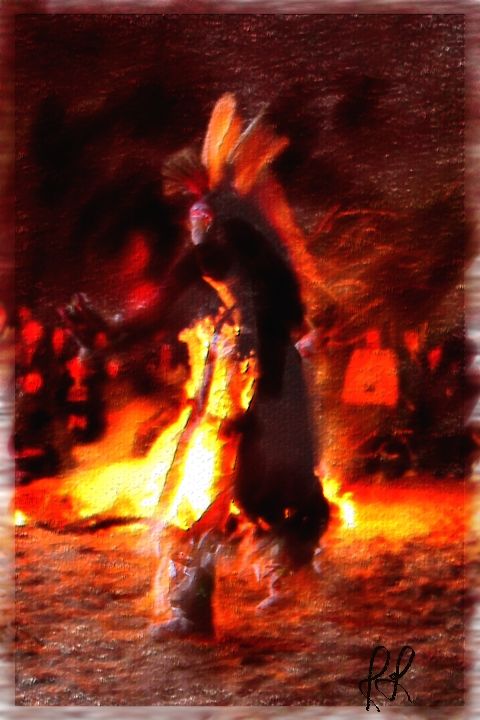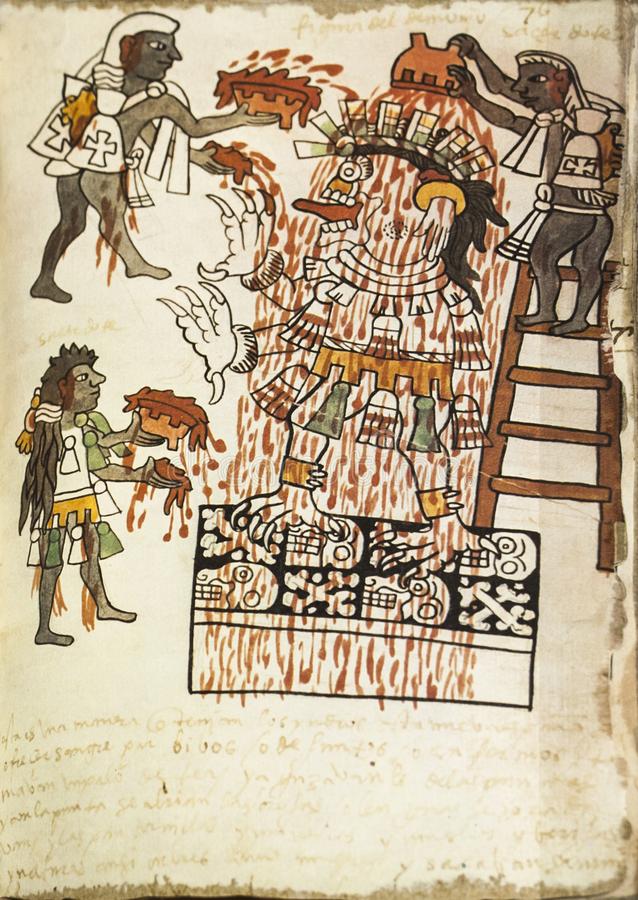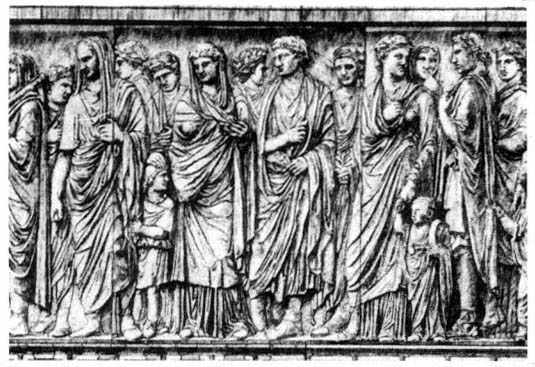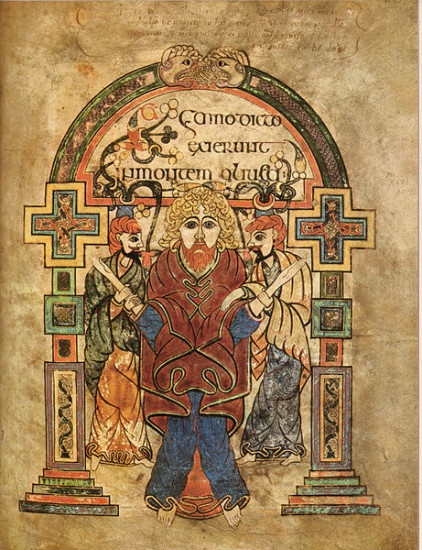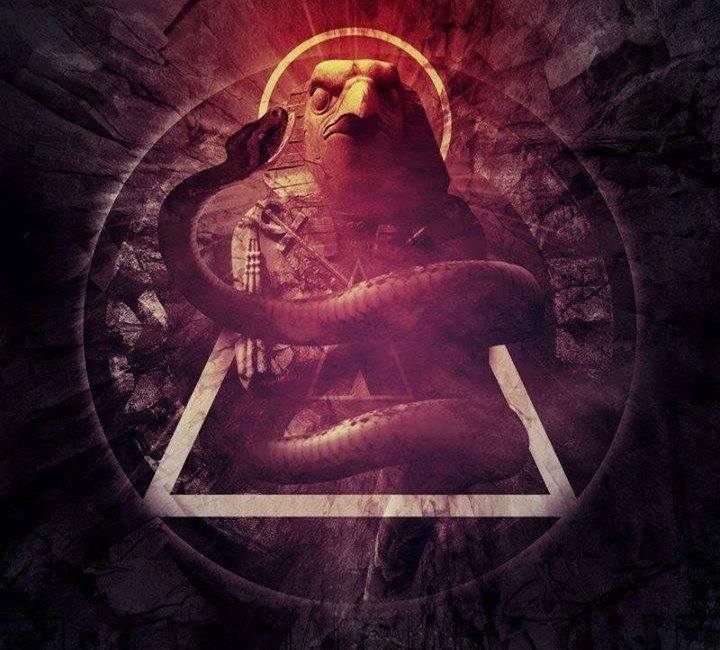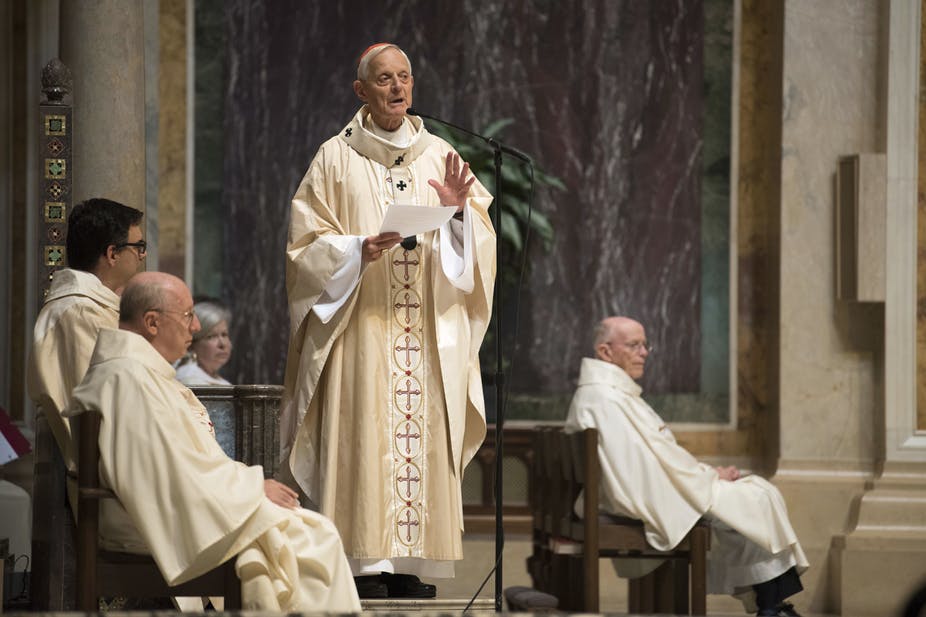A bell is a simple sound instrument and device that was originally invented for and used primarily 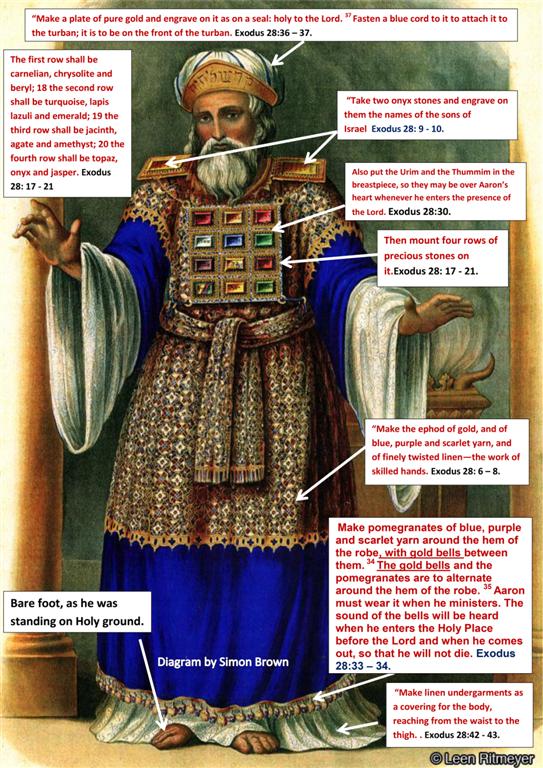 for religious services. It was said that bells would be employed in religious functions of the priest to frighten and keep evil spirits away. Bells were often buried in the tombs of royalty and noblemen. Many famous ancient bells have been preserved through the ages.
for religious services. It was said that bells would be employed in religious functions of the priest to frighten and keep evil spirits away. Bells were often buried in the tombs of royalty and noblemen. Many famous ancient bells have been preserved through the ages.
Bells were often used to notify people outside the church so that they knew the exact moment when the Hebrew High Priest entered the most holy place, and that church services were about to begin.
The priest would be clothed in splendid vestments of blue, red and purple, trimmed with pomegranates and little golden bells, greeting and blessing the people. We can find bells today with the many Holy bells of the Roman Catholic, Greek and Russian Orthodox Churches. Similar bells can be found with the Buddhists, the Brahmins, Indians and Shamans to name a few.
As time moved forward with religion sometimes being merged with the royal state, the state would use bells to notify their subjects and slaves for certain occasions. It then was also used by the elite class as masters over the souls of others used bells to summons their subjects. Animal herders use bells to call and or to find their lost sheep or cows. Later state institutions such as public schools used them to notify their students that class was about to and had begun.
These bells at first were often hung high in trees next to the churches and schools where they were rung. Later special housing units for the bells were built upon these structures that were called “bell towers (Baal tower)” so that they could be heard from long distances.
THE MEANING AND ETYMOLOGY OF THE WORD BELL
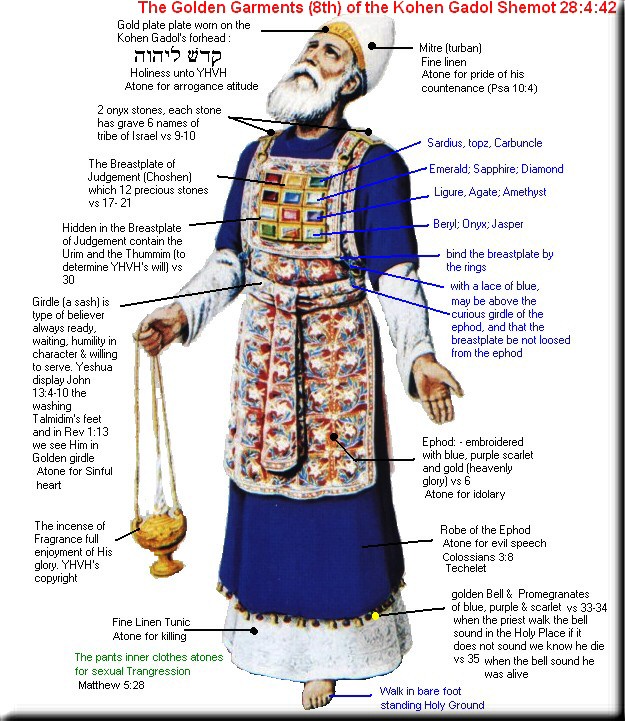 The word bell is derived from the ancient God of Fire known as Baal which means “Lord and or Master.” The Cretans and race of people from the Island of Kos (Coos, Chios and now Dia) named their priests Cohanim (Kohanim). In the Torah, the priests of Baal are referred to as Cohen or Kohen or plural: Cohanim or Kohanim, which is a Hebrew word for priest or king, and the word Bol-Khan, specifically refers to the priests of Baal.
The word bell is derived from the ancient God of Fire known as Baal which means “Lord and or Master.” The Cretans and race of people from the Island of Kos (Coos, Chios and now Dia) named their priests Cohanim (Kohanim). In the Torah, the priests of Baal are referred to as Cohen or Kohen or plural: Cohanim or Kohanim, which is a Hebrew word for priest or king, and the word Bol-Khan, specifically refers to the priests of Baal.
These priests claim direct patrilineal descent from the Biblical Aaron who is often called “‘Aaron the Priest”‘ (אֵהֲרֹן הֵכֹּהֵן) and once Aaron the Levite (אַהֲרֹן הַלֵּוִי) (Exodus 4:14). He who was the older brother of Moses, (Exodus 6:16-20, 7:7; Qur’an 28:34) and a prophet of God, that which we find in Baal.
These priests were also known as the Curetes, Corybantes, Cabiri, Idæi Dactyli and Telchines. Sir 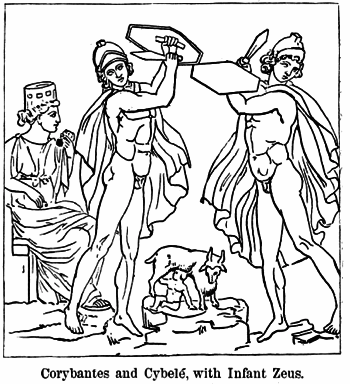 Issac Newton had written about how they were the priests who at Mount Ida, in Crete, they danced in armour, and clamour with bells, and pipes, and drums, and swords. That they brought this custom with letters into Europe. Newton had written:
Issac Newton had written about how they were the priests who at Mount Ida, in Crete, they danced in armour, and clamour with bells, and pipes, and drums, and swords. That they brought this custom with letters into Europe. Newton had written:
“In Phrygia, they were named Corybantes; in Crete, Idæi Dactyli; in Rhodes, Telchines; in Samothrace, Cabiri: in Eubæa, before iron was found out, they wrought in copper, whence the city Chalcis had its name; in Lemnos they assisted Vulcan; and Ætoiia was from them formerly called the country of the Curetes. By the assistance of these artificers, Cadmus discovered gold in the mountains of Thrace, and copper at Thebes, the ore of which is still called Cadmia from him.
Having afterwards found out iron in mount Ida, in Crete, they made themselves armour of it, in which they danced at their sacrifices with tumult, and clamour, and bells,and pipes, and drams, and swords, wherewith they struck upon each other’s armour in musical time, appearing seized with a divine fury. And this is reckoned the original of music and dancing in Greece.
The same people also introduced letters, and musical rhymes or poetry. Letters were at the same time brought into Phrygia and Crete by the Curetes, and called Ephesian, from the city where they were first taught. By their manufacturing copper and iron into swords, armour, and edged tools for hewing and carving of wood, they brought into Europe a new way of fighting, and gave Minos an opportunity of building a fleet, and gaining the dominion of the seas; and set on foot the trades of carpenters and smiths in Greece, which are the foundation of all manual arts.”(2)
I believe that they would be the main reason that bells can be found in all religions and lands to this very day. It is from them that the art of religion, music, dance, and navigation was first known in Greece, and from them many law givers derived the principles of their respective institutions.
THE FIRST BELLS
Some of first people to make and possess these bells in one form or another were the ancient Egyptians, Asians, Cretans, Phoenicians, Hebrews, Assyrians, Greeks, Latins, Indians and Europeans. Some of the earliest known bells were made in ancient Crete which was the main Holy Island of the Hebrews, Tribe of Judah, Canaanites and the first City of Jerusalem which I have written about many times in the past.
This is where we get the Jerusalem Bells that are the bells still used in churches. For example when the Mass initiates and finishes, or during the Sacrament of the Altar. In the Scripture, it is written that small golden bells were attached to the lower part of the robes of the high-priest in his sacred ministrations (Exod. xxviii. 33, 34, and Ecclus. xlv. 9), and bells of the horses (In Zech. xiv. 20).
We see these bells of the horses worn by the ancient Assyrian horses as depicted on reliefs of the eighth and seventh centuries B.C. Likewise, Assyrian King Ashurbanipal’s chariot horses each have seven or eight bells high up around the neck : the larger ones, with long protruding clappers showing, hang in front, and the smaller.
An Assyrian sculpture in the British Museum shows two horses drawing a chariot have each of them about half-a-dozen different sized bells attached to the lower part of their collars. There are also the Ancient Assyrian bells from the ruins of Nineveh, at Nimrud, have yielded about eighty small bronze bells dating about 655-612 B.C..
The Buddhists in Asiatic countries have a little hand-bell called drilbu is still used by the Buddhist priests of Ladak in their sacerdotal functions. The Japanese Shintoist have the suzu bell, bonshō and the Kane bell. The name Kane is an interesting connection to the biblical name of Cain.
An ancient copper bell was discovered in one of the tombs of the ancient Peruvians, and now preserved in the Museum of Antiquities in Lima. The Peruvian bell strongly resembles the Buddhist bell. The Brahmins of Hindoostan also use a little bell in their religious ceremonies.(3)
THE BELL CONCLUSION
The Priests of Baal are in control of the Bells of the the great prostitute, who sits by many waters. It was in 666 A.D. when Wilfrid returned from France, newly consecrated as Bishop of York. This was also the time when 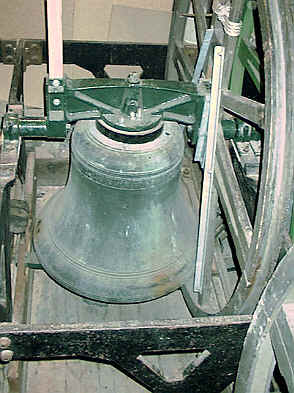 the main Saxon Kingdoms in England had joined the Roman Catholic Church by converting to Christianity. To commemorate this 666 event with the conversion of the Saxons to the Roman ways did not entail just a simple Baptism, but also legally binding contracts via new Anglo-Saxon Charters and the Book of Life.
the main Saxon Kingdoms in England had joined the Roman Catholic Church by converting to Christianity. To commemorate this 666 event with the conversion of the Saxons to the Roman ways did not entail just a simple Baptism, but also legally binding contracts via new Anglo-Saxon Charters and the Book of Life.
To signify this event, Six (6) bells were created that we May call, Hells Bells. This 666 bells sit in what Saint Bede called Ceroti Insula (Cherotus’s Island), a market-town in Surrey about a mile from the river on the Thames, 19 miles W.S.W. from London. Better known today as Chertsey (Cheortesy) Abbey, and was founded in the same year of the conversion of the Saxons in 666 by Frithwold (Erkenwald), bishop of London.
It is also said by Camden, that Julius Caesar- when he first invaded Britain, crossed the Thames at Chertsey; making this exact location very important to not only the English (Anglo-Saxons), but also the Roman Catholic Church. The Chertsey Abbey in the year 666 was said to have been in his time entirely surrounded by water; and it is in Revelation 17:1 – One of the seven angels who had the seven bowls came and said to me, “Come, I will show you the punishment of the great prostitute, who sits by many waters.
Around the third bell of Chertsey church is the following seven Latin words about an inch and a half high;
* Ora * Mente * Pia * Pro * Nobis * Vinoo * Maria
MEANING:
* ORA – A bone (used chiefly in Latin names of bones, e.g., os trapezium).
* MENTE – Verb Dispense or allot (justice or a punishment). noun – A boundary or boundary stone.
* PIA – Latin, meaning literally “tender mother.”
* PRO – Acting in the place of; substituting for: proform.
* NOBIS – for us, to us; dative plural of ego – UNTO US
* VINOS or VINOUS – poor quality wine, (watered with blood, which contributes very much to the flourishing and fruitfulness of vinos) or belonging to, or resembling wine
* MARIA – The meaning is not known for certain, but there are several theories including “sea of bitterness”, “rebelliousness”, and “wished for child”.
In 871 the abbey was destroyed during the Danish invasion, and rebuilt by King Edgar of England and bishop Ethelwold in 964. However, the abbey was dissolved by King Henry VIII in 1537 and the bells moved to the parish church.
MORE RESEARCH:
THE CHURCH
In the Roman Catholic Church and among some High Lutherans and Anglicans, small hand-held bells, called Sanctus or sacring bells,[6] are often rung by a server at Mass when the priest holds high up first the host and then the chalice immediately after he has said the words of consecration over them (the moment known as the Elevation). This serves to indicate to the congregation that the bread and wine have just been transformed into the Body and Blood of Christ (see transubstantiation), or, in the alternative Reformation teaching, that Christ is now bodily present in the elements, and that what the priest is holding up for them to look at is Christ himself (see consubstantiation).
IN RUSSIA
In Russian Orthodox bell ringing the entire bell never moves, only the clapper. A complex system of ropes is developed and used uniquely for every bell tower. Some ropes (the smaller ones) are played by hand, the bigger ropes are played by foot.
At last we tread the paved court of the Kremlin. Before us rises the tower of Ivan Veliki, whose massive, sturdy walls seem to groan under its load of monster bells. Beyond it are the Cathedral of St. Michael, the Church of the Assumption, and the ancient church of the Tzars, all crowded with tiaras of gilded domes. To the right rises another cluster of dark-blue, pear-shaped domes, over the House of the Holy Synod, while the new Palace (Granovitaya Palata), with its heavy French front and wings, above which
“The light aerial gallery, golden-railed,
Burns like a fringe of fire,”
Tzar Kblokol, or Emperor of Bells, whose renown is world, wide. It was cast by order of the Empress Anne in 1730, but was broken seven years afterward, through the burning of the wooden tower in which it hung. It is a little over 21 feet in hight, 22 feet in diameter at the bottom, weighs 120 tons, and the estimated value of the gold, silver, and copper contained in it is $1,500,000. In one of the lower stories of the tower hangs another bell cast more than a century before the Tzar Kolokol, and weighing 64 tons. Its iron tongue is swung from side to side by the united exertions of three men. It is only rung thrice a year, and when it speaks all other bells are silent. To those who stand near the tower, the vibration of the air is said to be like that which follows the simultaneous discharge of a hundred cannon. In the other stories hang at least forty or fifty bells, varying in weight from 36 tons to a thousand pounds: some of them are one-third silver. When they all sound at once, as on Easter morn, the very tower must rock on its foundation. In those parts of Russia where the Eastern Church is predominant, no other sect is allowed to possess bells. In Austria the same prohibition is extended to the Protestant churches. The sound of the bell is a part of the act of worship, and therefore no heterodox tongue, though of iron, must be permitted to preach false doctrine to half the city.(Travels in Greece and Russia, with an excursion to Crete By Bayard Taylor)
SOURCES:
1.
2. An Abstract of Sir Isaac Newton’s Chronology of Ancient Kingdoms …, Volume 1 By Sir Isaac Newton
3. The Music of the Most Ancient Nations, Particularly of the Assyrians … By Carl Engel

Moe is the founder of GnosticWarrior.com. He is a father, husband, author, martial arts black belt, and an expert in Gnosticism, the occult, and esotericism.

